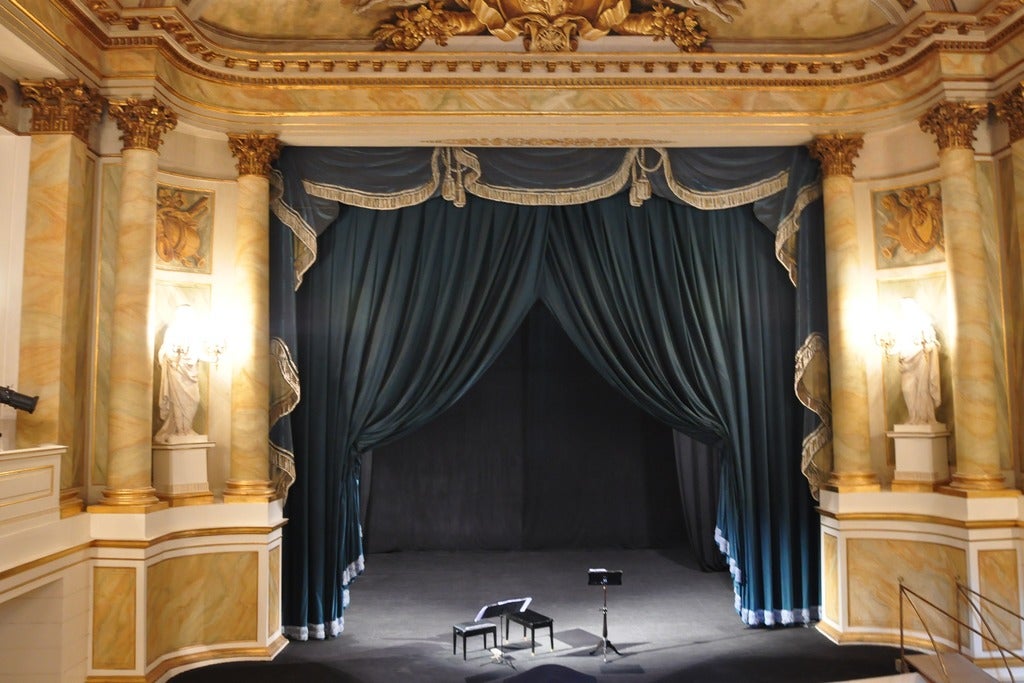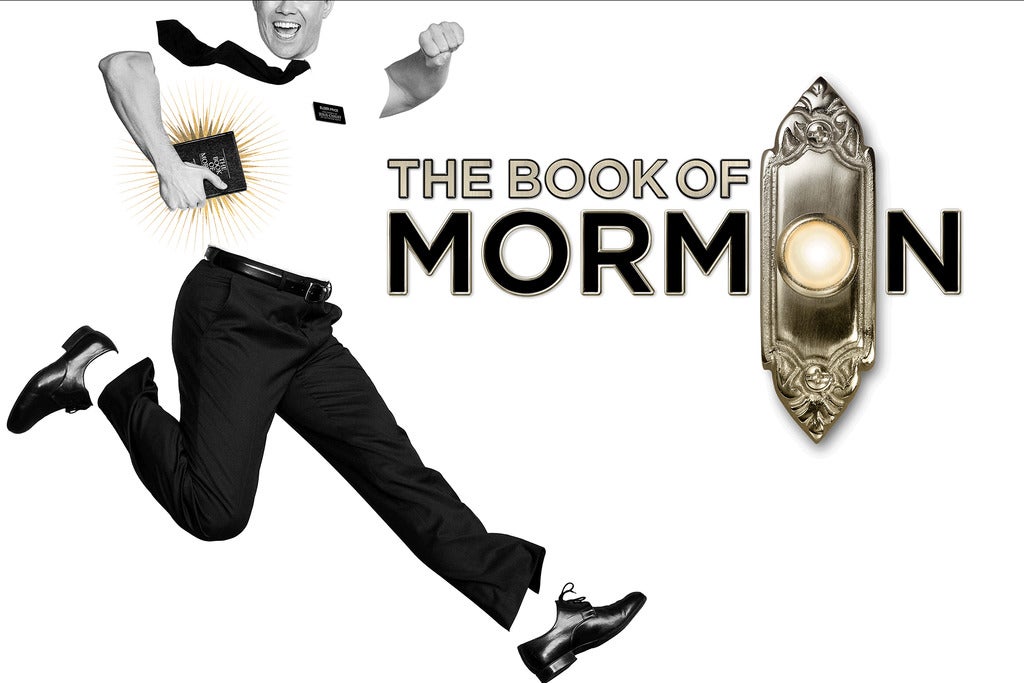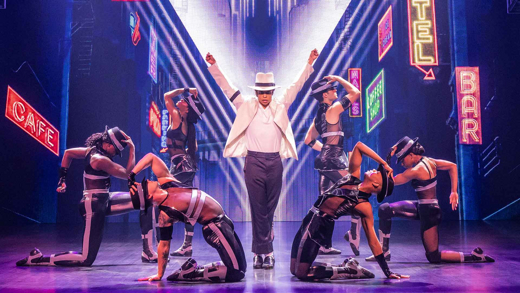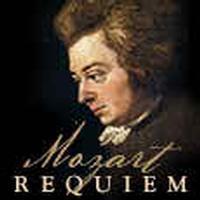MOZART Oboe Concerto
MOZART Requiem
Although Mozart wrote only one piece featuring the oboe, it should not be discounted. In 1777, Mozart wrote his Oboe Concerto to great success. The following year, he reworked the piece and labeled it as a flute concerto for a commission. Through the years, the piece survived only as the Flute Concerto until in 1920, the director of the Salzburg Mozarteum archives rediscovered the orchestral score for the Oboe Concerto. Music lovers are fortunate for this rediscovery in that this composition allows the oboe to shine. Because the orchestral accompaniment is discreet in this piece, DPO’s principal oboist, Eileen Whalen, is front and center to perform what has become one of the most important concertos in the oboe repertoire.
The genesis of the majesty, mystery, and mythology of Mozart’s Requiem came in the spring of 1791. Mozart was approached by a “mysterious stranger” who had an anonymous commission for a requiem. Intrigued by the request, Mozart began work on the project immediately. Soon, however, he was compelled to focus on other pieces, such as The Magic Flute. It wasn’t until October 1791 that he could compose more of the Requiem. Shortly thereafter, Mozart had begun to feel ill and it wasn’t long before he told his wife, Constanze, and others that he felt he was writing this requiem for himself. He worked tirelessly, even fainting as he composed. Constanze feared for his health and removed the manuscript from him. Mozart was then called upon to write a cantata that had been asked for by a local society. After the successful performance of the cantata, Mozart regained good spirits and Constanze returned the Requiem manuscript to her husband around November 20. Mozart grew weaker and knew that he was dying. Although he soon was bedridden, Mozart continued working on his composition. His pupil Franz Süssmayr remained at his bedside, discussing the piece with his teacher and taking notes and detailed instruction on how the music should be completed. On December 3, Constanze, Süssmayr, and a few others sang bits of the Requiem with Mozart so that he could hear how it was progressing. Then just past midnight on December 5, Wolfgang Amadeus Mozart died.
The Requiem was unfinished, but Constanze needed to deliver a finished composition in order to receive final payment. At the time of Mozart’s death, only one section was truly complete, several other sections partially complete, and three sections not yet written, so Mozart’s pupil Süssmayr completed the piece. When compared with the rest of Mozart’s work, many scholars believe that the Requiem rings true to form and that Süssmayr had been given enough details and guidance to finish the work. The majesty of the Requiem Mass is evident upon listening, but the “mysterious visitor,” Mozart’s illness and death, and the incomplete composition have fostered a mythology of intrigue that has lasted more than two hundred years. But it is best to leave the myth behind. On December 5, 1791, Constanze Mozart lost her husband, the Mozart children lost their father, and the world lost a musical genius. To lessen the world’s loss, Wolfgang Amadeus left a glorious masterpiece.
Cast and Creative team for Mozart's Requiem at Benjamin and Marian Schuster Performing Arts Center
EILEEN WHALEN oboe
FEATURED SOLOISTS
DAYTON PHILHARMONIC ORCHESTRA
DAYTON PHILHARMONIC ORCHESTRA CHORUS
Videos
 |
Ghost: The Musical
La Comedia (1/10 - 2/9) DAYTON PREMIERE
PHOTOS
| |

|
Jersey Boys
La Comedia (2/13 - 3/23) | |

|
Fledermaus Unmasked
Roger Glass Center for the Arts (4/25 - 4/26) | |

|
A Distinct Society
The Human Race Theatre Company (2/5 - 2/16) | |

|
Matilda The Musical
La Comedia (6/26 - 8/10) | |

|
Legally Blonde: The Musical
La Comedia (9/18 - 10/26) | |

|
The Book of Mormon
Winsupply Theatre (3/25 - 3/29) | |

|
MJ: The Musical
Schuster Center (6/24 - 6/29) | |
| VIEW SHOWS ADD A SHOW | ||
Recommended For You



